French Style Garden - 5 Inspiring Ideas for French Garden Design
Are you dreaming of a beautiful garden by your house? Thanks to the many options for landscape design, everyone can find something suiting their needs. French style gardens have been particularly popular lately - and one must admit, it's quite distinctive among other options. Are you wondering about the characteristics of French gardens? Do you want to know whether it's a good way to arrange your land? Discover the most important information and check the best ideas for this type of landscaping.
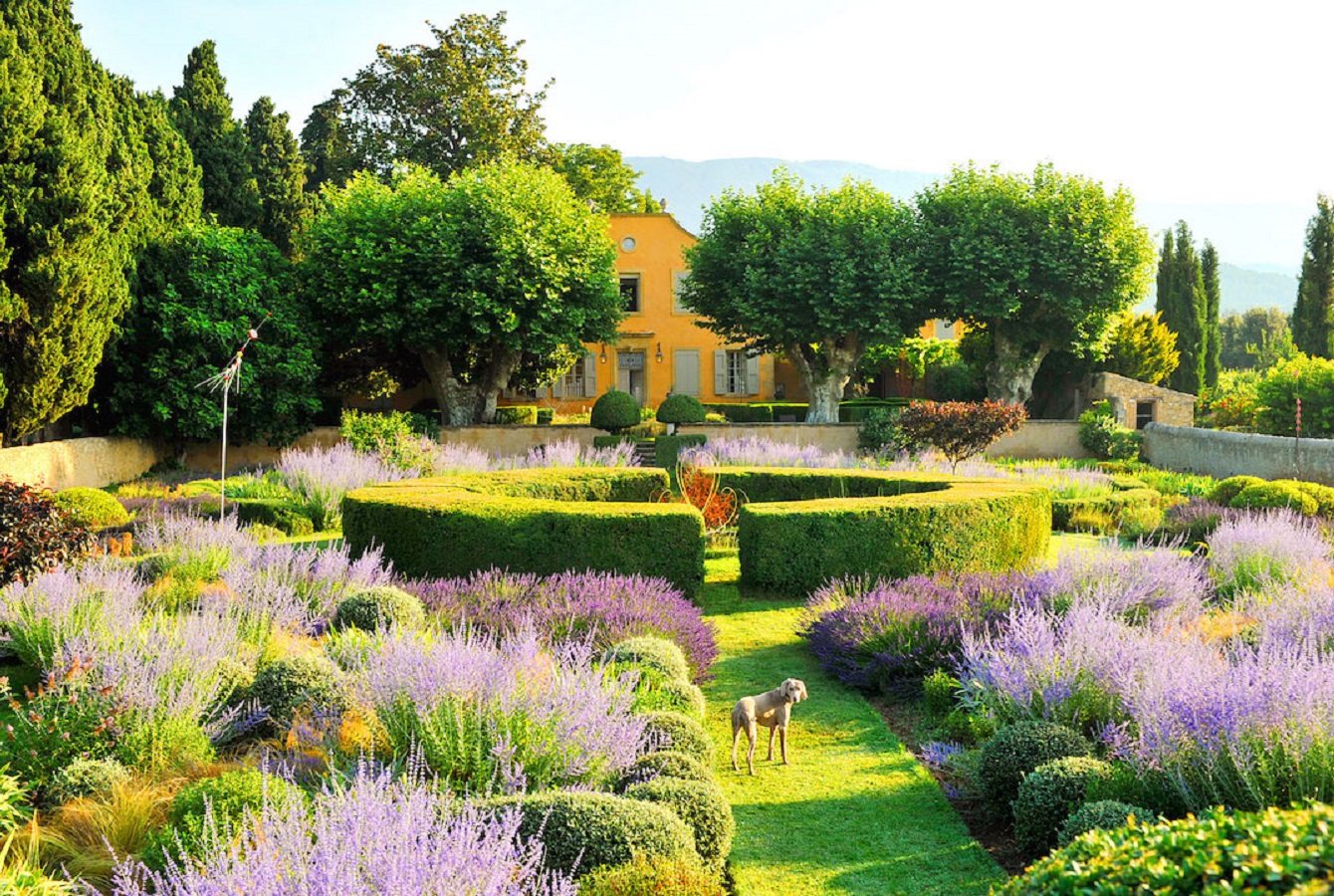
Where did the French garden idea come from?
As it turns out, French garden style has an interesting and long history. The idea for such a landscape design first appeared during the Renaissance era. Despite the name - French garden - the first concepts appeared in Italy. Geometry and various enriching accessories were important in those times. In addition to plants and ornamental shrubs, French gardens contained the following elements:
- statues,
- fountains,
- trellis archways,
- stairs.
French garden came to France from Italy - it happened when one of the monarchs (Charles VIII) took note of the beauty of Italian designs. He decided to adopt them in his country and give them a proper name, which remains in use to this day.
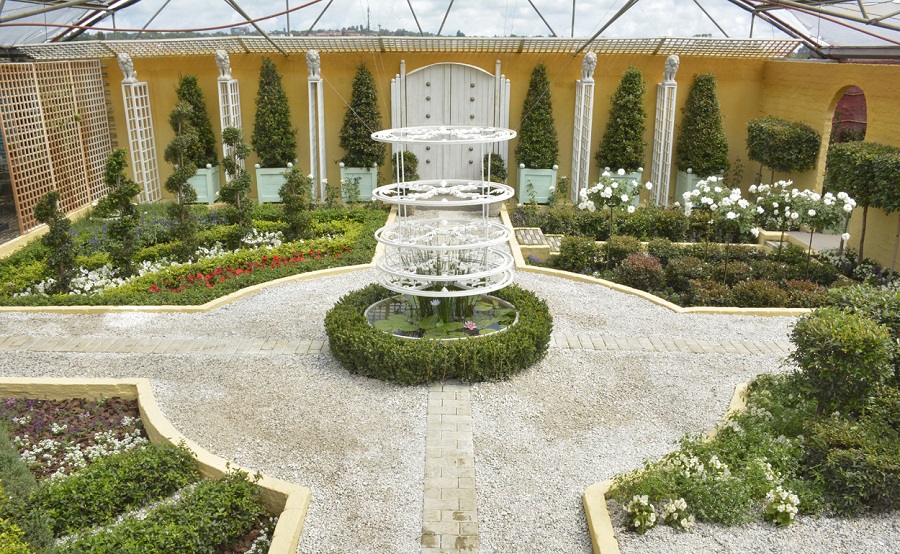
What does a French garden look like?
French gardens are, most importantly, unusually geometrical places. It means the marked paths and their branches are perfectly straight - identical in both directions. The mentioned geometry is also a characteristic feature of plants appearing in a French garden. It concerns not only trees and shrubs, but also flowerbeds. Here, every element has its specifically designated place. For this reason, French style gardens are recommended to those who love order. Which doesn’t mean such a space has to be boring. French gardens are exceptionally inspiring.
A French garden, in addition to plants and their arrangement, utilizes certain characteristic elements. They include the following:
- paths,
- multi-level surfaces with stairs,
- sculptures, pedestals and figures,
- gazebos,
- small ponds or fountains,
- benches,
- pergolas.
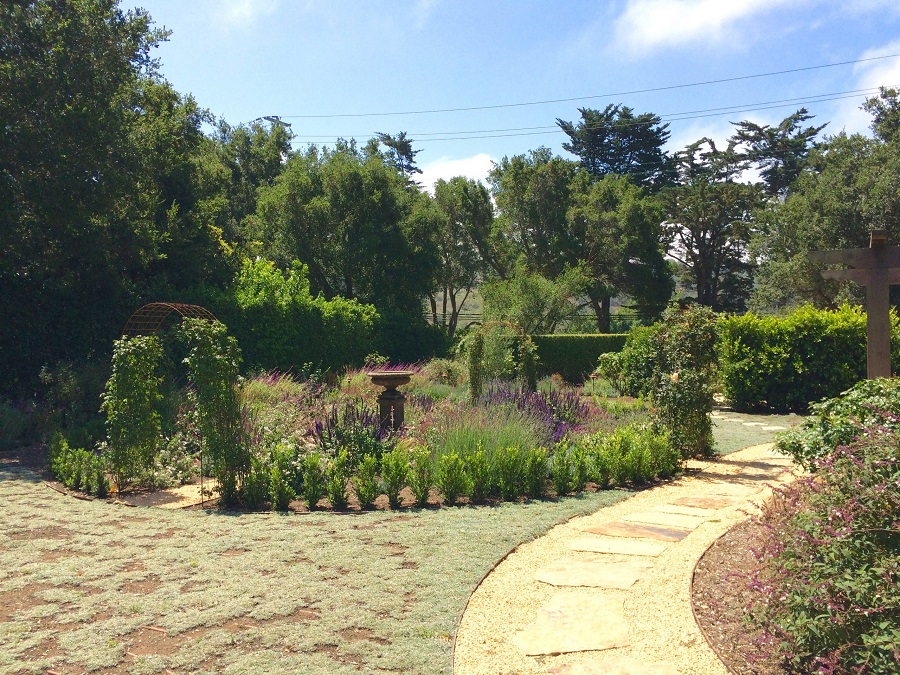
What are the best plants for a French garden design?
A French garden not only has its characteristic form and structure, but also uses specific plants. As it turns out, some of them are common for particular concepts. It’s a result of their shape or forming potential. Hedge shrubs are perfect, in this case, but they aren’t the only options. What are other typical French garden plants? Take a look at the following suggestions:
- boxwood,
- coleus,
- lavender,
- rose,
- juniper,
- marigold,
- stock,
- calendula,
- begonia,
- hydrangea,
- cherry laurel.
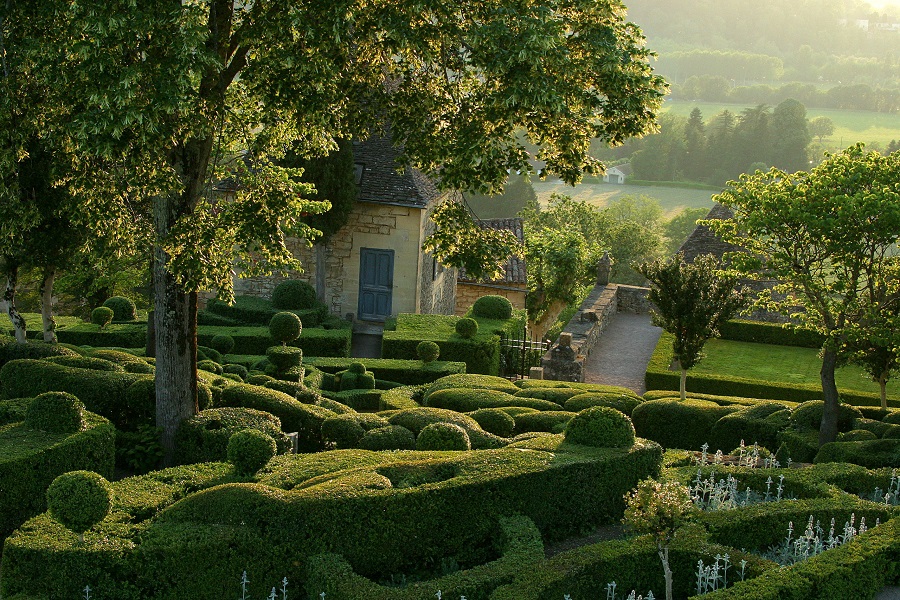
French garden vs. English garden - what’s the difference?
Inexperienced people might confuse a French style garden and an English garden design. Although certain elements are similar, e.g. wide paths, various archways and pergolas, sculptures and resting spots, these two spaces differ.
An English garden is kept natural. It means plants are arranged in flowerbeds, but aren’t formed. The whole composition is not geometrical, either. A French garden design is different. The space is perfectly planned, every element has its place and is a part of a greater concept.
Is a French garden a good idea for your space?
A French garden is typically associated with palaces and mansions. In fact, such designs used to appear exclusively in places like this. But everything changes - including the attitude towards this issue. That’s why French gardens have been appearing in home yards since over a decade.
Keep in mind that designing a good-looking French garden is not as easy as it seems. That’s why you should read a lot about this topic in search for an inspiration, or ask an expert to carry out the project for you.
Note that small-scale French garden designs don’t always use all the characteristic elements. Which doesn’t mean they look any worse.
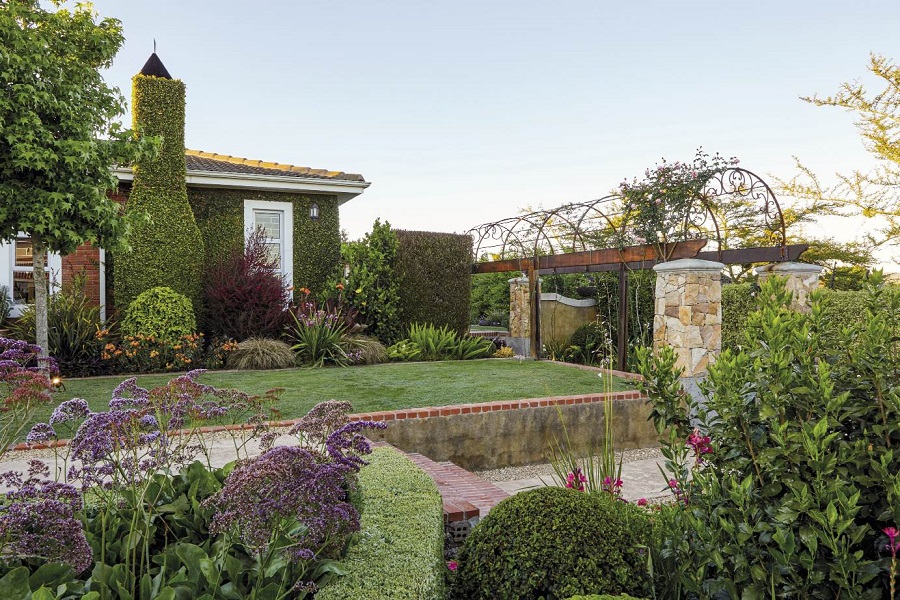
A French garden and beautiful, aesthetic plant sculptures
Plant sculptures are one of the most characteristic elements of a French garden. Interestingly enough, you can use them regardless whether the property is big or small. But in the latter case, make sure to carefully pick the shrubs and trim them regularly, so they don’t disrupt the estate’s appearance.
You can plant some bushes on each side of a garden path. Plant the same species or pick a few different shrubs and plant them alternately to achieve harmony - a very important aspect of every French garden. A hedge around the whole property is a great addition fitting the entire concept.
If the property is small, and you cannot add minor architectonic elements or other items, consider arranging a few flowerbeds or picking small colorful shrubs. This way, you can create a fascinating design.
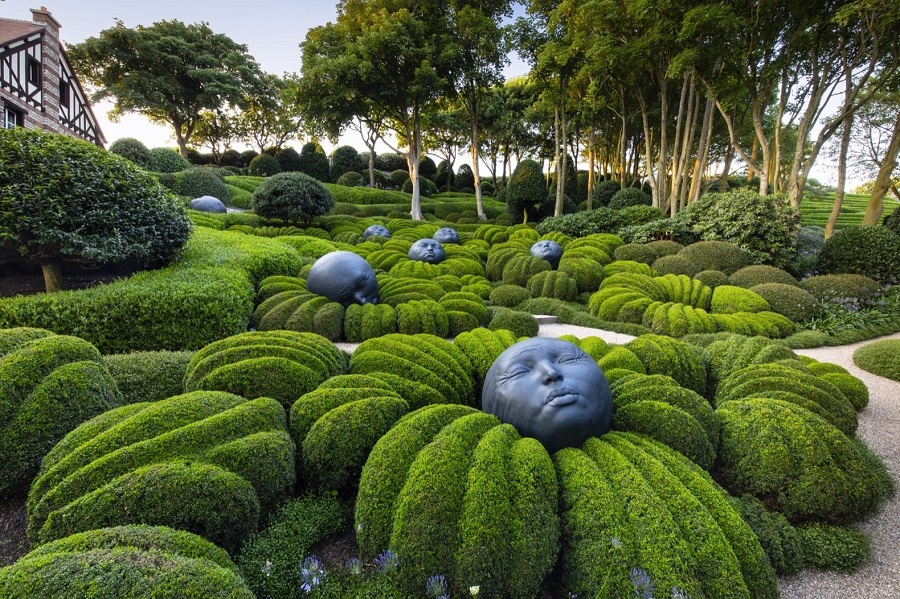
A French garden design with small architectonic elements
Owners of large properties have far more options allowing them to conceive an incredible French garden design. You can create a real art piece on a large area, as all characteristic elements can be included in this concept. In addition to wide paths, plant sculptures and flowerbeds, you can add so-called small garden architecture.
Are you wondering what exactly garden architecture is? It’s typically mentioned in the context of gazebos. But in fact, it’s just one of the many options you can use in your French garden. Other interesting possibilities include:
- pergolas,
- wells,
- benches,
- trellises,
- lattices,
- rose arches,
- swing chairs,
- statues and sculptures.
There are many options, but make sure not to overuse them. Think through and carefully plan the garden arrangement to make it consistent and aesthetic. Sometimes, even a single misplaced element is a bad decision, so pay a special attention to the whole plan.
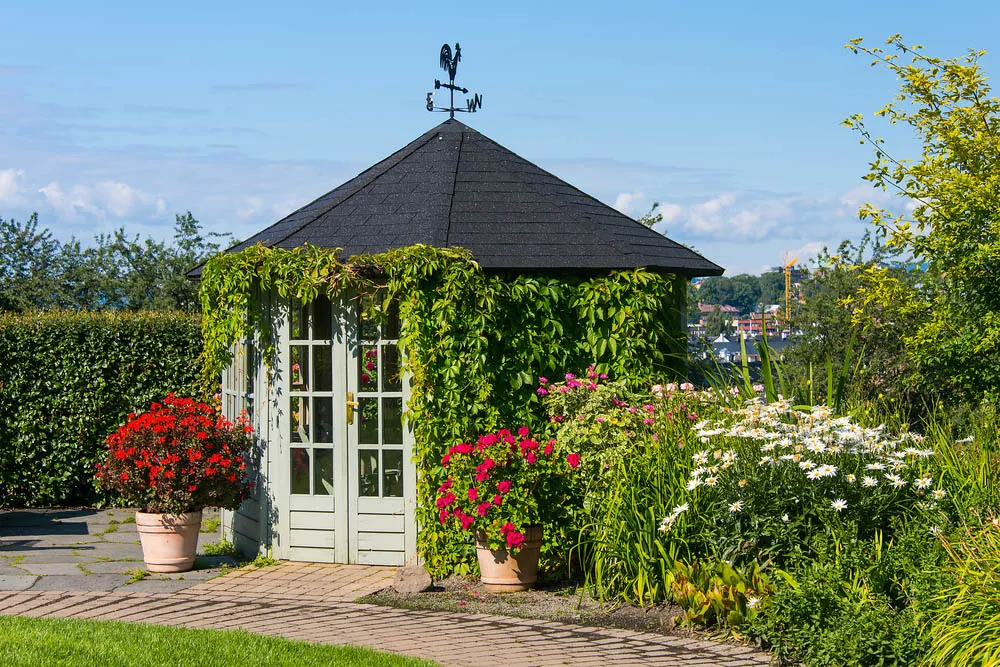
A French garden full of memories of the past
The orderly character of a French garden design doesn’t mean you have to give up certain decorative elements. While you should keep them in moderation - interesting and distinct objects are encouraged in a space like this. They shouldn’t be gathered in one place. Instead, cleverly scatter them around the area. Thanks to this, each place in the garden gains a unique character.
Are you wondering what decorative elements you could use for this purpose? Try these suggestions:
- old lanterns,
- antique bikes,
- metal flower stands,
- various types of cages.
Many such elements can be found on antiques markets and garage sales. Sometimes, you can get them for free. They might be worn out or rusty. Nonetheless, you can restore them at a low cost, and then put them in your garden, where they will serve you for years.
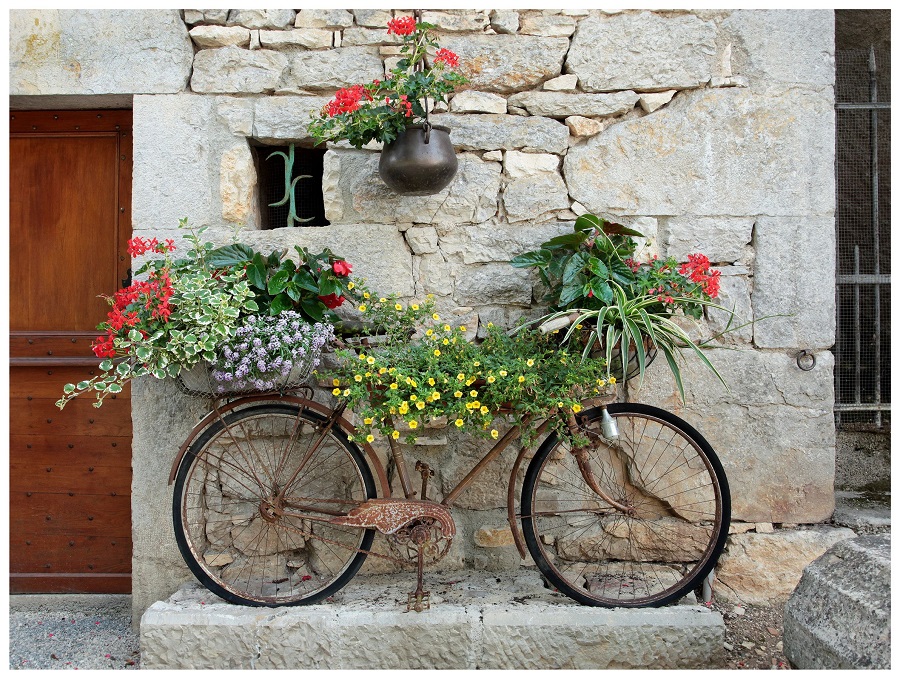
A French garden - charming ponds and fountains
Large French gardens wouldn’t exist without at least one water-based element. Depending on the available space, you can decide on a beautiful fountain or a pond. What’s more, you can use these two elements in one garden - but make sure they are located in separate areas.
Is a pond or a fountain a good idea for a small French garden? It depends - mostly on the design. Such projects exist - but they require a lot of planning.
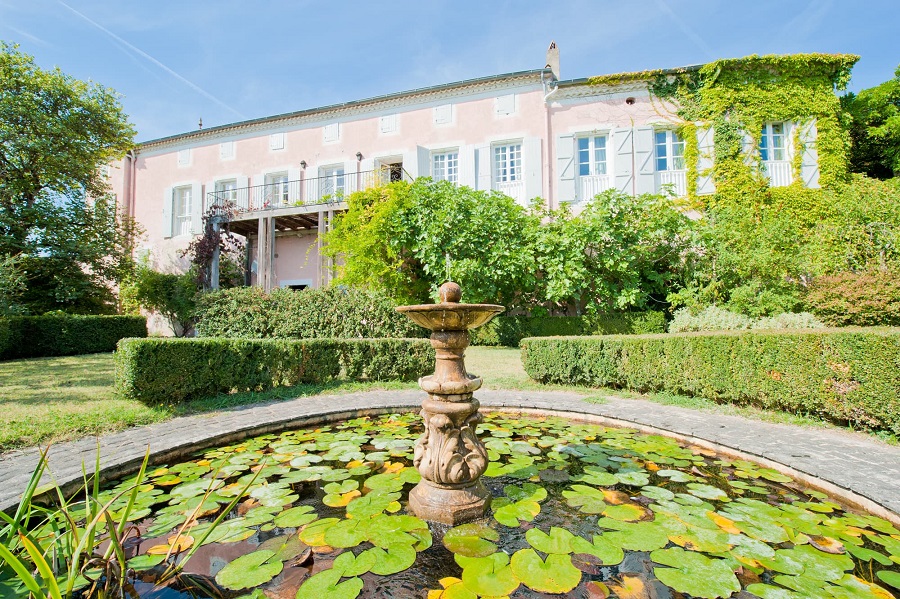
A French garden full of magnificent flowerbeds
Are you not a fan of excess lavishness? Are benches, fountains and statues not your cup of tea, yet there is something you like about a French style garden? You can try an alternative concept for a such a design. Using symmetrically arranged flowerbeds with paths in between is a perfect option for you.
When designing your flower-based French garden, you can decide to pick plants in certain colors. This way, the whole arrangement will be even more impressive. This idea is suitable for any type of property, regardless of the size.
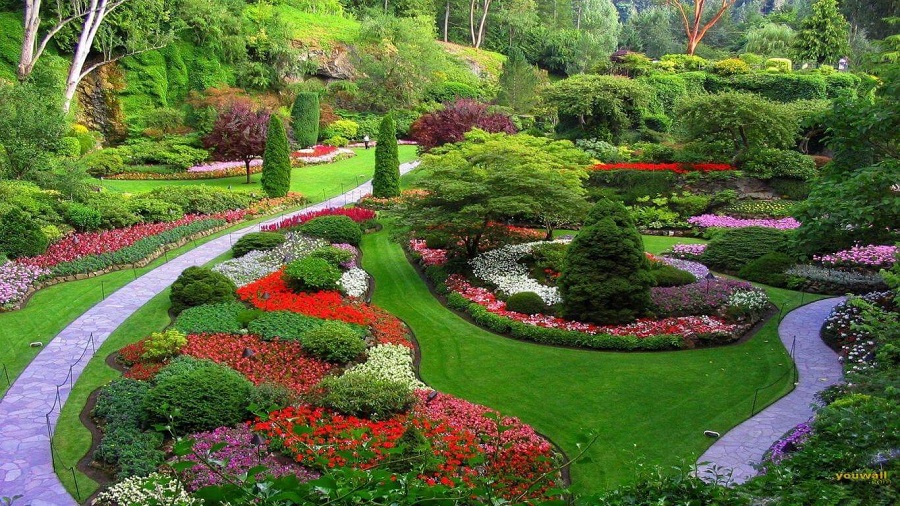
📍 Where did French garden design originate?
The idea for French style gardens has its roots in the way old Italian palace gardens were designed. Adopted in France, the concept was perfected, and other countries began using this type of landscaping. It's unique, and still popular nowadays.
📍 What are the characteristics of French garden design?
A French garden is orderly and geometrical. It's full of evenly trimmed shrubs and trees, as well as symmetrically arranged flowerbeds. Garden architecture elements appear here as well, for instance, pergolas, gazebos and fountains.
📍 Can you arrange a French garden in any yard?
Every property can be arranged into a French style garden, although it won't look the same in each case. The amount of space determines what elements can be used. A larger yard is far more advantageous, but it doesn't mean it's easier to design.
Featured articles




